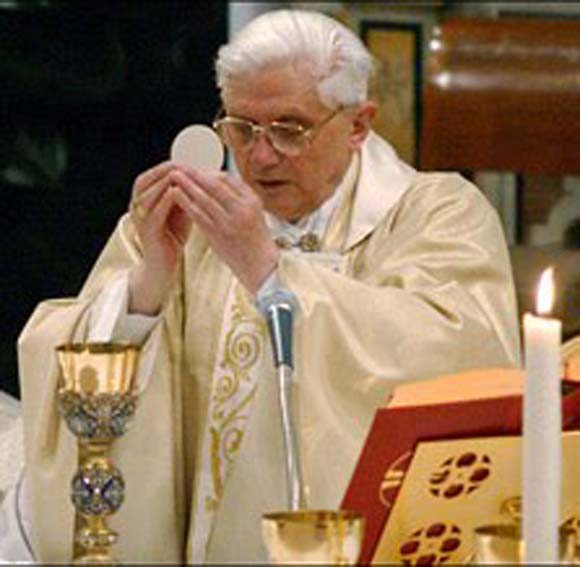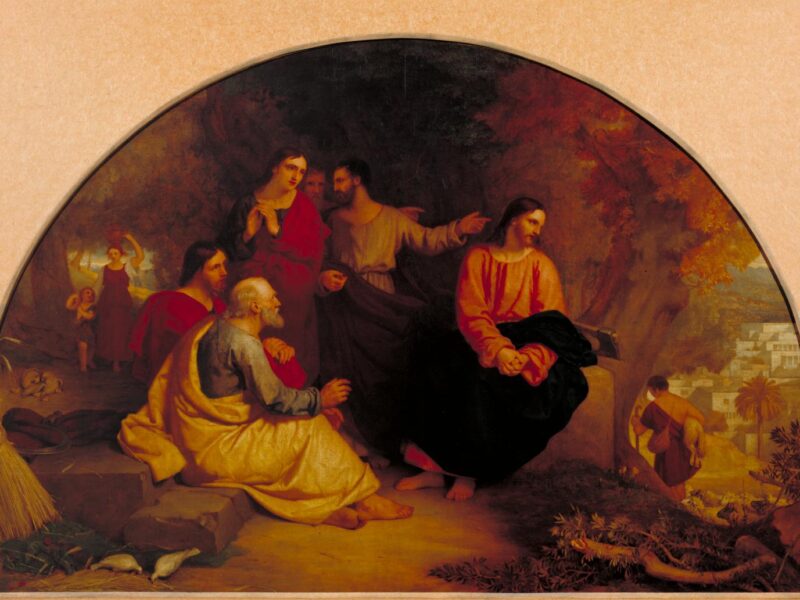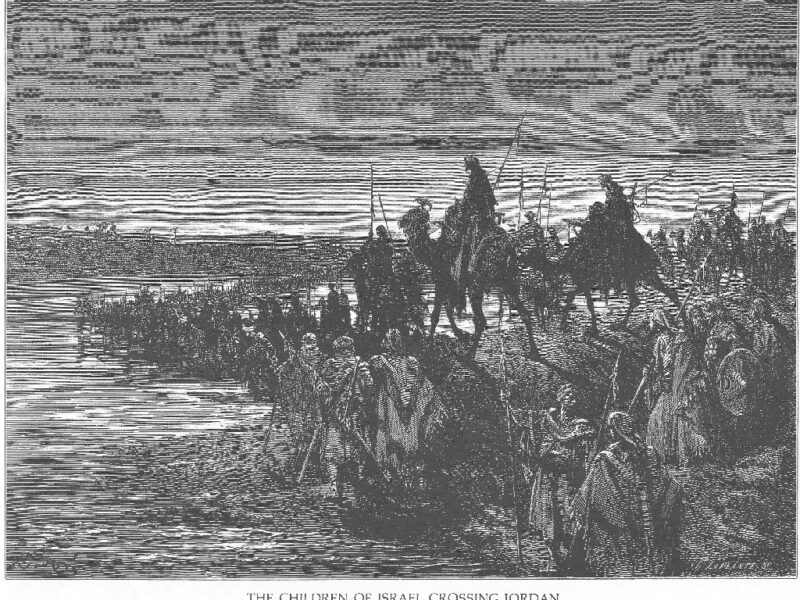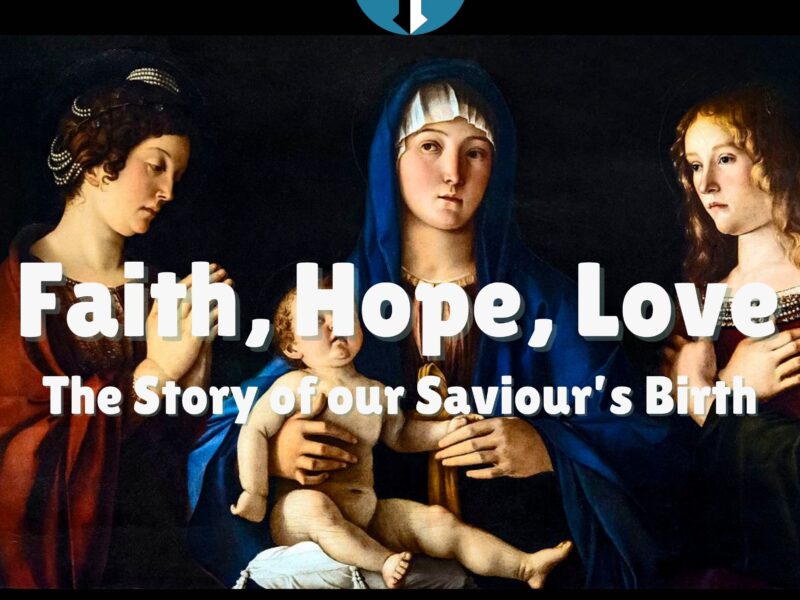
A-Z of the Mass: Transubstantiation
 The term ‘transubstantiation’ emerged only in the middle ages as Catholic theologians continued to reflect on the mystery of this change. In particular they were thinking about the ‘is’ in the words of Christ spoken by the priest – this is my body, this is the cup of my blood – and came to believe that the least inadequate way to talk about this, in order to give due weight to the mystery believed in faith, was to talk about the substance of the bread being changed into the substance of the Body of Christ, the substance of the wine being changed into the substance of the Blood of Christ.
The term ‘transubstantiation’ emerged only in the middle ages as Catholic theologians continued to reflect on the mystery of this change. In particular they were thinking about the ‘is’ in the words of Christ spoken by the priest – this is my body, this is the cup of my blood – and came to believe that the least inadequate way to talk about this, in order to give due weight to the mystery believed in faith, was to talk about the substance of the bread being changed into the substance of the Body of Christ, the substance of the wine being changed into the substance of the Blood of Christ.
According to the Catechism of the Catholic Church §1380 it is highly fitting that Christ should have wanted to remain present to his Church in this unique way. Since Christ was about to take his departure from his own in his visible form, he wanted to give us his sacramental presence; since he was about to offer himself on the cross to save us, he wanted us to have the memorial of the love with which he loved us to the end, even to the giving of his life. In his Eucharistic presence he remains mysteriously in our midst as the one who loved us and gave himself up for us. As the Welsh poet David Jones put it, ‘he placed himself in the order of signs’. He remains with us under signs that express and communicate His love, and does so particularly in what Catholics call the sacratissimum, the most holy sacrament.


